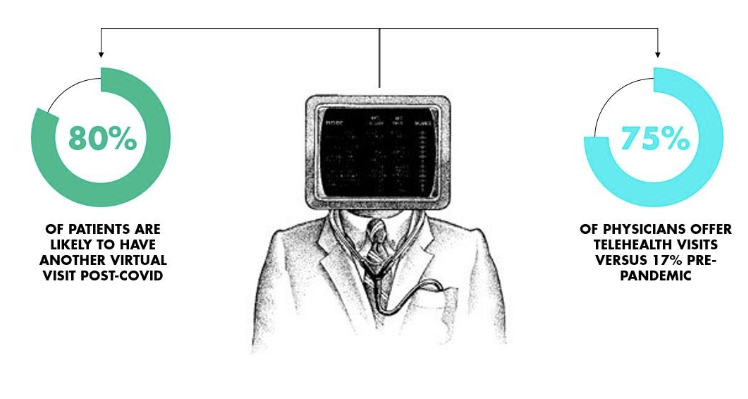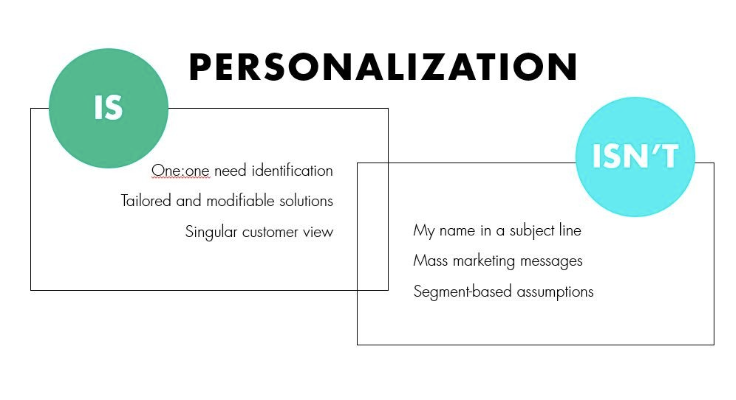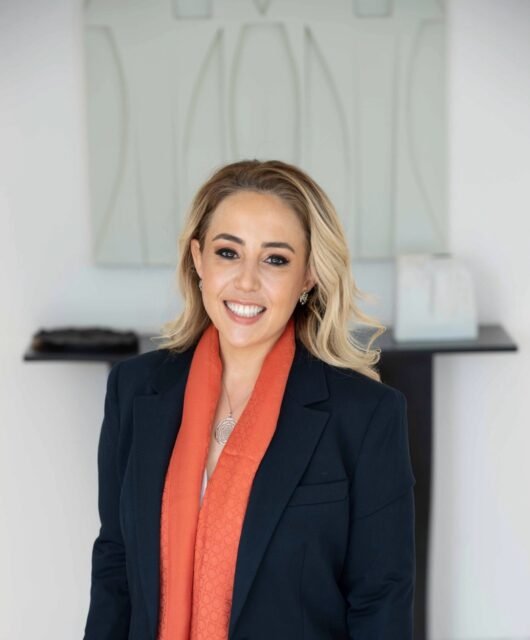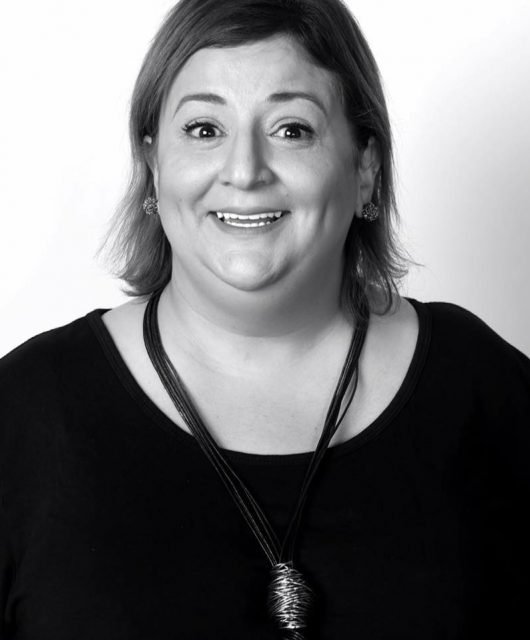What Digital Health Advancements Are Foretelling About Our Future
By Anna Gaudio: VP, Experience Strategy Director at McCann Health NY

How we feel about our physical, mental, emotional, and spiritual health status is foundational to how we define ourselves as people. We are our health, and our health informs every decision we make, from our diets to our relationships, from where we live to the careers we choose. For this reason, health innovation and engagement serve as a barometer to broader cultural changes. The more we can uncover the rationale behind health transformation, the better poised we are to anticipate needs and proactively address evolving expectations.
With that goal in mind, let’s talk about what I’m affectionately calling the “-izations” of healthcare: the consumerization, decentralization, and personalization of healthcare that are driving forces behind what we see on both the global innovation landscape and horizon.
Consumerization of healthcare
The traditional definition of “consumerization” is the impact that consumer-originated solutions can have on enterprises. It puts the individual consumer at the center of the universe, rather than the market as a whole. I’m likely not telling you new information; we’ve been talking about this shift for years. Yet, as buzzword has become truth, we’ve done little in the way of applying this potential to the end-to-end customer experiences we build.
When we meet consumers’ expectation of “wellness,” we should do so against the long-adopted principles of the consumer world: speed, control, value, and on-demand convenience.

What might that look like? We’d start with allowing consumers to monitor their environments and extended health variables using technology like Airthings (air quality) and Oura Ring (sleep quality) to consider forces at play. We’d adopt preventive technology like BioButton’s discreet vital symptom tracker and Kinsa’s connected thermometers and health coach to proactively identify risk before they’re full-fledged problems. And we’d empower our customers with remote monitoring systems like OptiBP, xRblood Pro, and the Bosh Hb monitor to track their clinical progress alongside their symptom experience. We’d create shared meaning between healthcare providers (HCPs) and consumers with health-literate, clinically validated tools such as Miiskin and MedWand. And our therapies would include companion, non-prescription solutions like Flō, Bulo, and Cove to supplement prescription care.
When consumers are using the same criteria to evaluate their health experiences and set expectations as they do for their non-health experiences, it fundamentally changes the way in which we build our brands. We’re no longer a molecule to address a condition. We’re a life improvement program that includes clinical, functional, and emotional support systems.
Decentralization of healthcare
Do you remember watching Little House on the Prairie and watching in disbelief as a doctor was summoned for an emergency house call, on horseback, carrying nothing but a briefcase and a prayer? As a nation, we spent the next 150 years centralizing healthcare delivery, going from a community- and home-based structure to a facility-based one. But with the deluge of cultural changes only accelerated by the pandemic, we’re back there again. We’ve had to revisit the structure of care to adapt to new needs and expectations, but this time we’ve got more than a century of technology advancements to help us out. I guess it’s true what they say: everything comes back in style. Consider the decentralization of healthcare to be a pair of platform shoes or bell-bottoms and you’re on the right track.
Which brings me to telehealth. This word has become my favorite drinking game of the past year. I’m not going to sit here and tell you that our transition to the remote care environment has been the smoothest. But the beauty of the speed of change is that it made us more forgiving of growing pains. We’re all working to capture and maintain the best of virtual care: safety, access to specialty care, and alleviated system burden. While we celebrate, we’re also working to address telehealth’s risks and shortcomings: reliance on digital fluency and broadband access, barriers between human connection, and system integration and infrastructure.

So, we apply new technology to solve a modern healthcare problem. VitalSight and HealthyU are working to build at-home care kits that offer the same testing and evaluation formerly received in person to the virtual world. Validic and B.Well are focusing on data system integration and health record access to streamline information sharing. And Unlearn.ai is applying the science fiction art of artificial intelligence to expedite clinical trials in a process called digital twinning.
These solutions are bringing us back to the humanity of health—to a system built around the individual that can grow and flex and adapt to needs, rather than shoehorning human problems into a system structured for mass resolution. What does that say about the larger world of innovation? I believe it calls us to question systems, rethink accepted structures, and use agility as a measure of value. Buckle up, folks. Decentralization is all the rage this decade.
Personalization of healthcare
Honestly, I can’t decipher whether the demand for personalization is the cause of consumerization and decentralization or a natural byproduct of those shifts. Most likely, they’re all connected and a result of centuries’ worth of distrust, dissatisfaction, and an individualistic culture growing deeper roots.

Regardless, personalization is my favorite forecast, because it infers that what we’ve done up to this point to address individuals’ needs is still entirely insufficient. Personalization isn’t just a shopping assistant or predictive algorithm. It’s not tailoring a solution post-creation. Instead, it’s individual insights applied to the shaping of the solution itself. And at-scale. This is no small task.
Some who are doing it well include Elo Health, whose nutrition supplements are designed according to a user’s biomarkers. And Biomilq, a company using a woman’s epithelial cells to produce breast milk for her baby, building a more nutritious option than formula supplements. Lastly, Mode is a gadget for people who smoke marijuana. It uses haptic, or tactile, feedback to guide users to a more precise high. This isn’t merely a device built for 4/20 celebrations. It offers a way to address the bias that surrounds medical marijuana use by tailoring therapy directly to an individual.
There is beauty and magic in our new reality. As we forge ahead to more meaningfully integrate health into our daily lives, let’s make a pact: we do solemnly swear never to get comfortable, to question everything, and to build a world in which empathy reigns supreme. Amen.





